Water Levels Dropping, Fresno Weans Itself from Groundwater
The largest city in California’s San Joaquin Valley is transforming its water system, at a significant cost.

In the Great Drought of 2014, aquifers – the saturated soil and rock layers that are California’s largest stock of fresh water – are an object of ardent and exhausting affection.
Farmers love groundwater because recently it has been more reliable than the boom-and-bust river flows that pour off the Sierra Nevada come spring. Policy wonks are infatuated because aquifers are increasingly unreliable. Groundwater levels across the state are at record lows, thanks to decades of ravenous pumping, particularly in drought years. Groundwater reform is a top issue in Sacramento this legislative session.
Agriculture’s use of groundwater garners the most attention, but cities are pinched by dry wells too. Today, the biggest city in the Central Valley is breaking up with its aquifers.
–Martin Querin, water division manager
Fresno, California
Fresno, a farm hub of 505,000 people, is moving from a system reliant on groundwater to a river-fed supply. Doing so requires a $US 1.1 billion investment over 10 years, said Martin Querin, water division manager.
After five years without an increase, the Fresno city council voted 5 to 2 last August to double water rates by 2017. The revenue will provide the capital for a new water treatment plant, an expansion of an existing plant, and new large-diameter water mains to replumb the grid.
The transition is necessary, Querin said, because the old system was failing.
“Groundwater beneath the city lowered 80 feet over the last 100 years,” Querin told Circle of Blue. “That caused our energy costs to skyrocket and we were having to constantly construct new wells, which became more difficult as the city filled in. We’re actually now having to buy homes and demolish homes to construct new well sites.”
As recently as 2005, Fresno sourced 100 percent of its water from aquifers. Once built, the new facilities will use water from the Kings River and from the federal Central Valley Project canals for 80 percent of the city’s demand in a wet or average year. Though not a complete break up, the shift will give the aquifer a chance to revive.
Fresno’s rate increase is the most striking example of a national trend. Of the 30 U.S. cities in Circle of Blue’s water pricing index, none had a larger rate increase than Fresno this year.
Yet not all has gone smoothly in Fresno. A group of politically active residents is gathering signatures to put a repeal of the rate increase on the November ballot.
Brett writes about agriculture, energy, infrastructure, and the politics and economics of water in the United States. He also writes the Federal Water Tap, Circle of Blue’s weekly digest of U.S. government water news. He is the winner of two Society of Environmental Journalists reporting awards, one of the top honors in American environmental journalism: first place for explanatory reporting for a series on septic system pollution in the United States(2016) and third place for beat reporting in a small market (2014). He received the Sierra Club’s Distinguished Service Award in 2018. Brett lives in Seattle, where he hikes the mountains and bakes pies. Contact Brett Walton


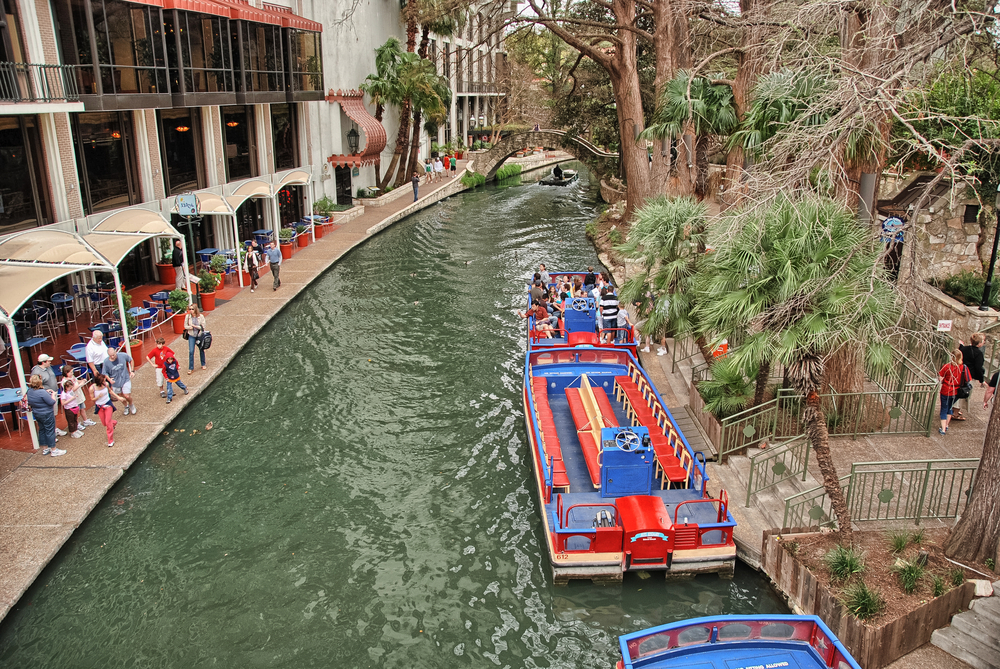
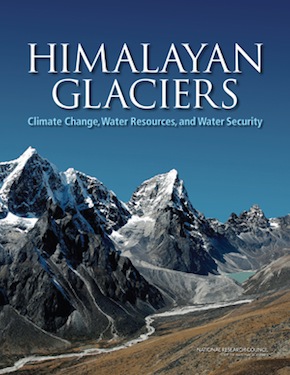
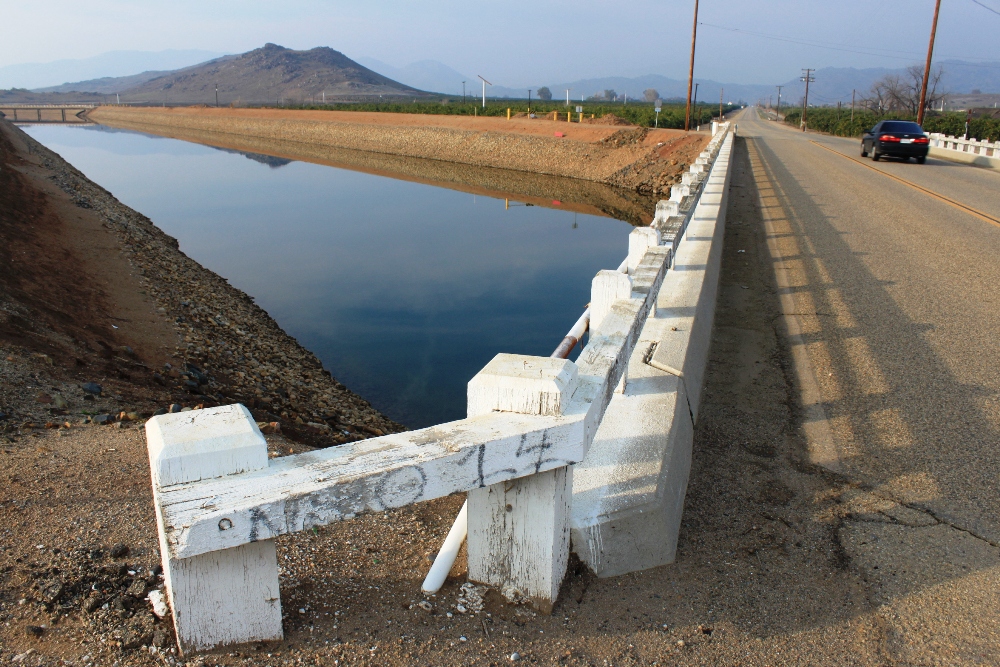
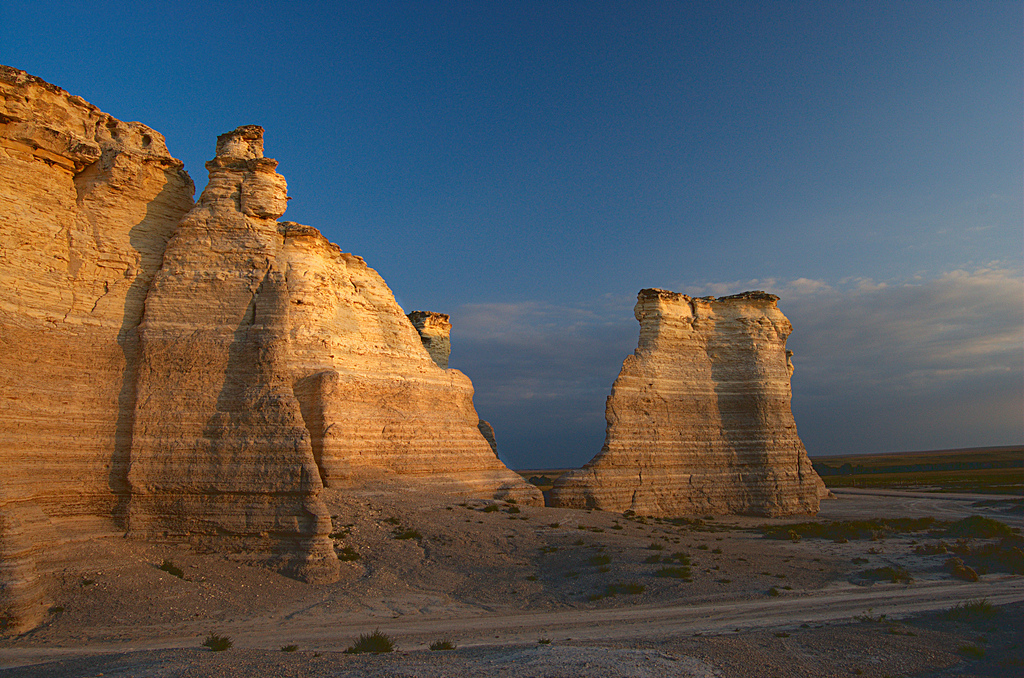


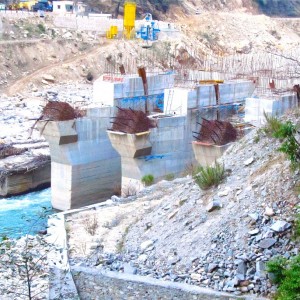
Comments are closed.